Hummingbirds & flowers
notolover
13 years ago
Related Stories

GARDENING GUIDESAttract Hummingbirds and Bees With These Beautiful Summer Flowers
Roll out a welcome mat for pollinators to keep your landscape in balance and thriving
Full Story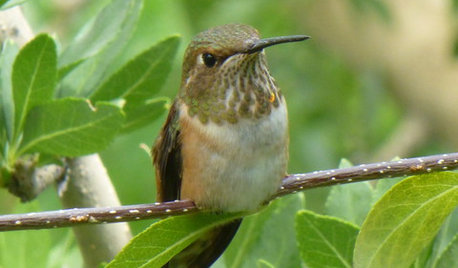
GARDENING GUIDES8 Flowers That Hummingbirds Adore
To draw those mesmerizing little birds to your garden or doorstep, plant these flowers that are attractive in more ways than one
Full Story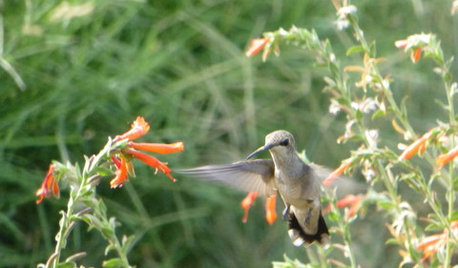
GARDENING FOR BUTTERFLIESGreat Design Plant: California Fuchsia Brings Color and Hummingbirds
Set this summer perennial up in a dry and sunny spot for blazing orange or red blooms into fall
Full Story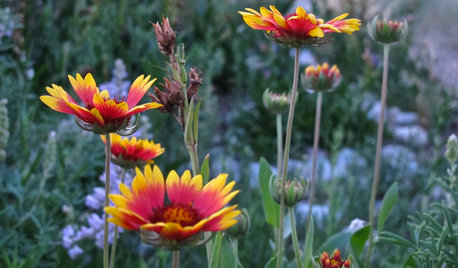
GARDENING GUIDESThese Hummingbird-Attracting Native Plants May Surprise You
These flowers, vines and shrubs offer shelter and food supplies that keep hummingbirds around longer
Full Story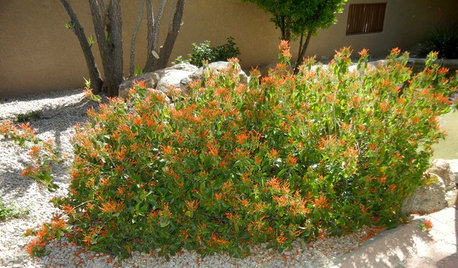
GARDENING GUIDESGreat Design Plant: Justicia Spicigera Brings In the Hummingbirds
Brighten shady areas with the colorful flowers of Mexican honeysuckle, also called mohintli, which appear all year long
Full Story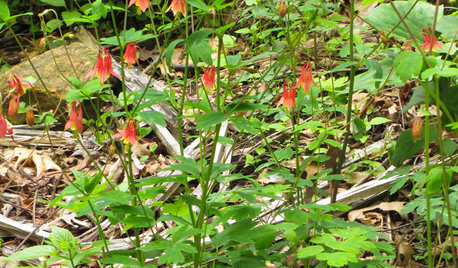
FLOWERS AND PLANTSRoll Out the Welcome Mat for Hummingbirds With Red Columbine
Grow Aquilegia canadensis in eastern perennial gardens or informal woodland plantings for its delicate foliage and uncommon red flowers
Full Story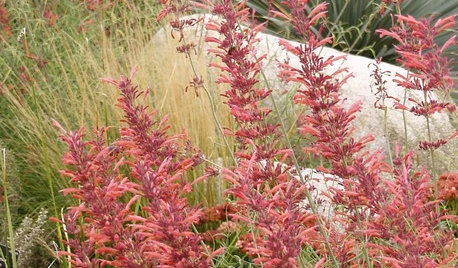
FLOWERS AND PLANTSAgastache Rupestris, a Heat-Loving Hummingbird Magnet
Threadleaf giant hyssop adds color and fragrance to late-summer and fall xeric gardens
Full Story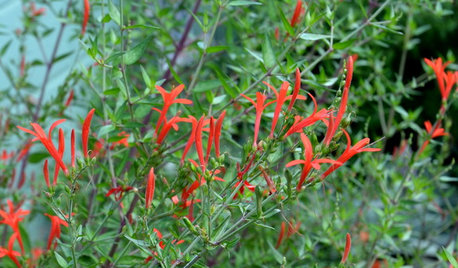
FLOWERS AND PLANTSFlame Acanthus Attracts Butterflies and Hummingbirds All Summer Long
Texas native Anisacanthus quadrifidus var. wrightii peps up drought-tolerant gardens with its dark orange flowers
Full Story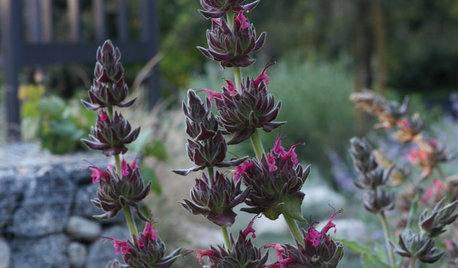
FLOWERS AND PLANTSHummingbird Sage Lures Wildlife With Its Sweet, Fruity Fragrance
This native California ground cover thrives with little water on grassy slopes, under trees or in patio containers
Full Story
GARDENING GUIDESBackyard Birds: Invite Entertaining Hummingbirds Into Your Garden
Hummingbirds — unique to the Americas — zip through open landscapes seasonally or year-round. Here’s how to attract them
Full StoryMore Discussions






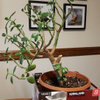

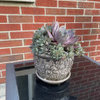
beachplant
mrlike2u
Related Professionals
Jackson Landscape Contractors · Cliffside Park Landscape Contractors · Kailua Landscape Contractors · North Lauderdale Landscape Contractors · Northbridge Landscape Contractors · Plantation Landscape Contractors · Rochester Landscape Contractors · Wheat Ridge Landscape Contractors · Sheboygan General Contractors · Uniondale General Contractors · Del Aire Carpenters · Crystal Lake Decks, Patios & Outdoor Enclosures · Fullerton Decks, Patios & Outdoor Enclosures · Mastic Decks, Patios & Outdoor Enclosures · West Chester Decks, Patios & Outdoor Enclosurescactusmcharris, interior BC Z4/5
paracelsus
land3499
minime8484
notoloverOriginal Author
lzrddr
paracelsus
hoovb zone 9 sunset 23
paul_